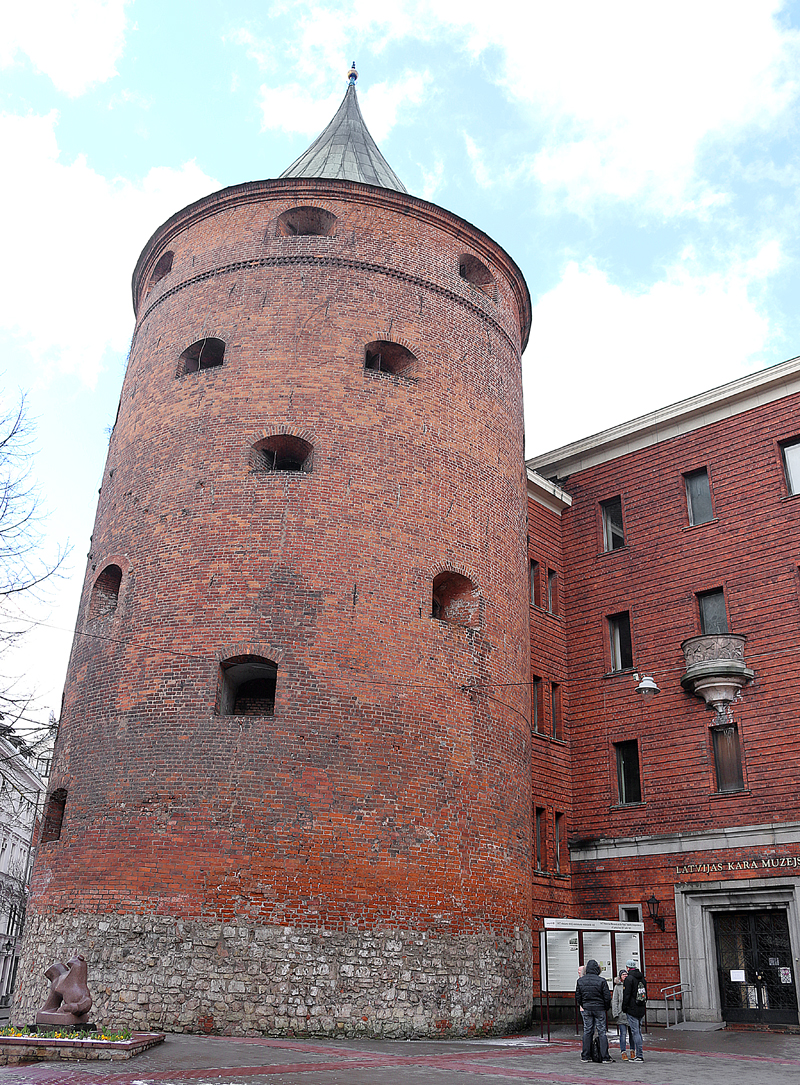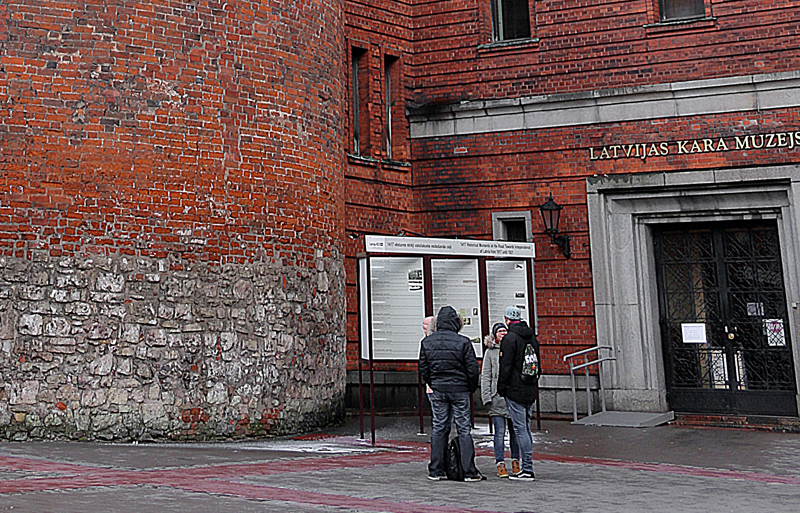You are in another country; and you want a photograph of a place of interest. You take out your camera or portable electronic device; and you wait for the crowds to dissipate — even if for only a moment — so that you can capture that treasured visual memory of your trip…
Stupid Tip of the Day: Do Not Loiter at Places of Interest

…but as the people leave and the place of interest becomes quieter, you prepare to take the picture — only to have someone stop in front of it. Perhaps he or she is waiting for someone. Maybe he or she is using the telephone. Regardless of whatever is the reason, the person is usually completely unaware that plenty of other spots nearby — just out of the frame of your potential photograph — which are just as suitable for that person at which to stop.
Almost as bad is the person who takes his or her time to take plenty of photographs of the point of interest while other people wait patiently for their turns and opportunities. Perhaps the person is taking different poses of the same subject in front of the place of interest.
What I Do When I Am at a Place of Interest
This is a list of suggestions which I keep in mind when I happen to be at a point of interest:
- Plan on what to do. When a place of interest is crowded and a photograph of it is not ideal at the time, I scope it out to not only enjoy it and appreciate it; but I also think about where I want to take my photographs — as well as when to take them, if applicable.
- Remain aware of the surroundings. This is critically excellent advice in general in order to protect myself from pickpockets and others looking to commit a scam or a crime such as theft; but it is also useful for getting that perfect photograph — as well as to see who else wants to take photographs of the place of interest.
- Be patient. What may not seem important to you or I can be rather important to other people. I have no problem with waiting for others to do what they need to do. In fact, I am often asked to take a photograph of others while I wait; and once I do, they are more than happy to step aside while I take my photographs.
- Be polite. If someone is standing in the frame of my photograph, I simply walk up to that person after a few minutes and politely ask if he or she can temporarily move out of the way for a moment. If the person cannot speak my language or vice versa, a simple lift of the camera and pointing to what I want to photograph usually works — and a smile typically communicates saying thank you; but I always attempt to at least learn how to say thank you in the native language of the country which I am visiting.
- Once done, leave. Leaving does not mean going away from the place of interest if you are not done with experiencing or admiring it. It could mean only stepping aside or going inside or outside to get out of the way of others — which is what I always do. I never stand in the way of others while using a mobile telephone or waiting for someone else.
Summary
Common courtesy suggests allowing people to have the same — or, at least, similar — opportunity to enjoy a place of interest, as they too have likely traveled from afar to see it. That includes having a few minutes for the ability to capture the place of interest in a memorable photograph which could be passed on to future generations.
By the way, I am not averse to people in front of a place of interest in general. Sometimes people walking by in front of it or doing something interesting near it can actually add character to a photograph.
I find it difficult to conjure a viably important reason to loiter in front of a place of interest — especially for an extended period of time and while doing something as boring as tapping on a portable electronic device — and simultaneously deny other people…
…but usually, the “offender” is a person who is merely unaware that he or she is blocking others from enjoying a place of interest. I do not believe that the person is purposely trying to be discourteous.
I simply do everything I can not to loiter in front of a place of interest for the aforementioned reasons in this article.
All photographs ©2017 by Brian Cohen.

